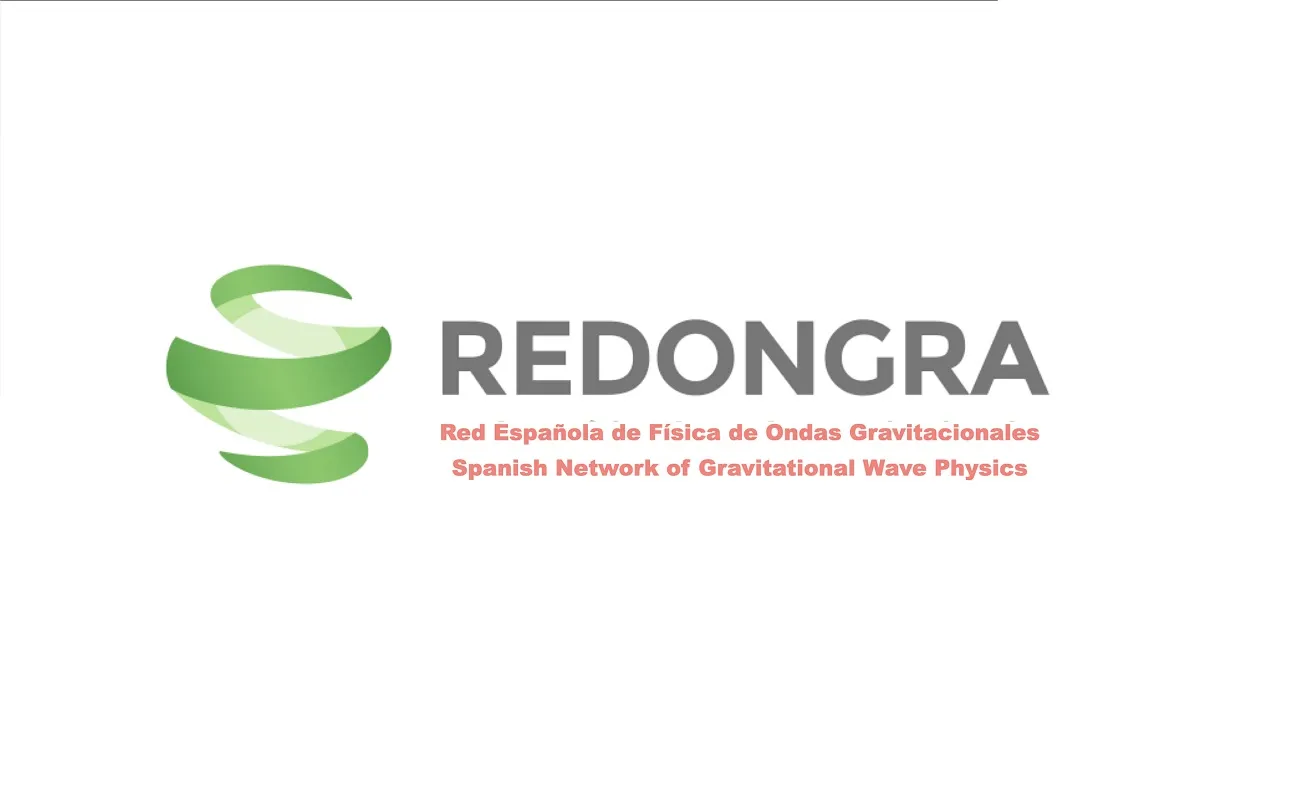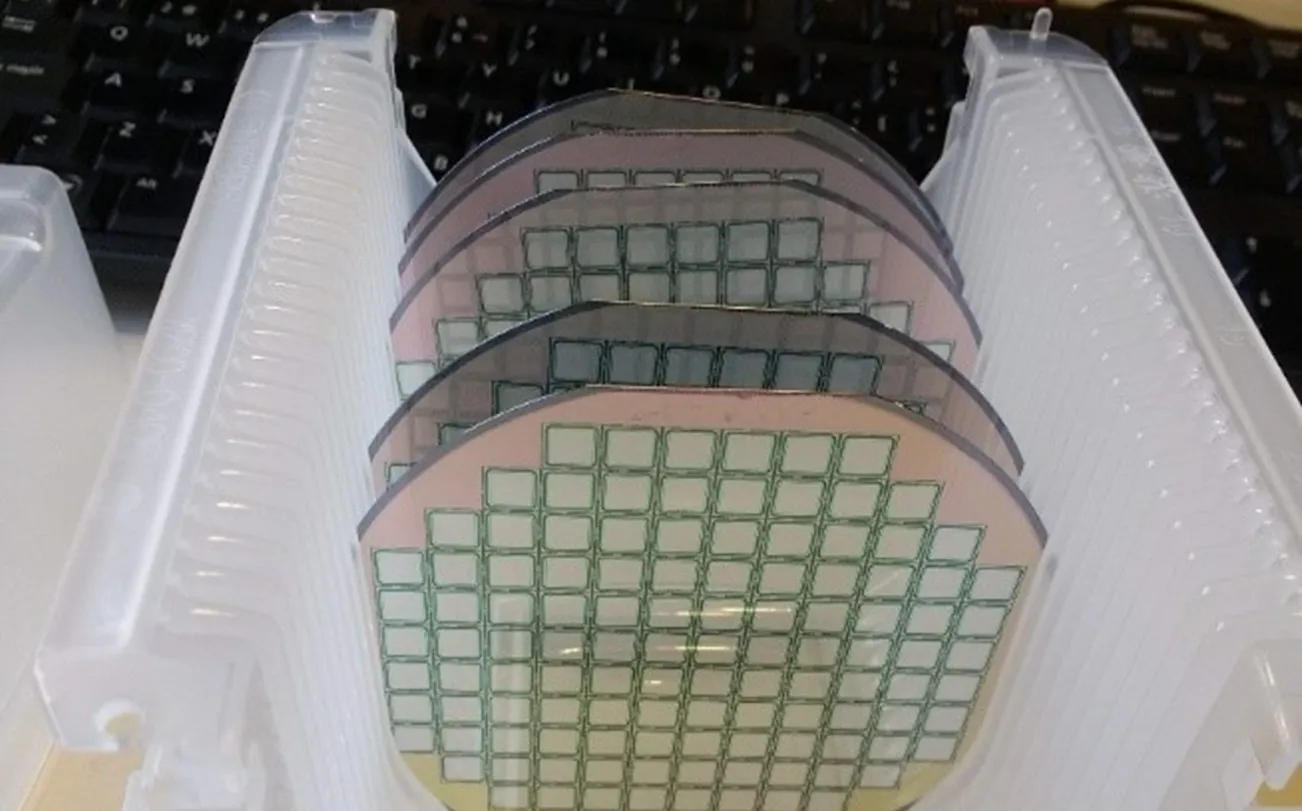O IGFAE únese a REDONGRA, unha rede para impulsar a ciencia de ondas gravitacionais en España



22.06.2021

O Instituto Galego de Física de Altas Enerxías (IGFAE) da USC colaborou no deseño e desenvolvemento dun prototipo para a detección de gas radon en edificacións. Consiste nun pequeno dispositivo que se conectaría a unha rede sen fíos e que controlaría, de forma automática, a concentración de radon na súa contorna. Este sistema de detección contén no seu interior un sensor de silicio fabricado no Instituto de Microelectrónica de Barcelona (IMB-CNM-CSIC).
O prototipo, aínda en fase de estandarización, é o resultado do proxecto CARE, onde se cubriron as fases de deseño e fabricación dun detector intelixente para o control da concentración de gas radon. A iniciativa contou coa participación de dous centros públicos de investigación, o IGFAE e o IMB- CNM-CSIC, e de catro empresas, Alivaba Systems, ATI Sistemas SL, Radiansa Consulting SL, Sensing & Control Systems SL.
Trátase dun detector portátil que proporcionará a medición real e periódica a través da rede sen fíos á que estea conectado. O equipo desenvolveu un sensor semiconductor para a detección dos elementos radioactivos xerados durante a desintegración do radon e un sistema de control capaz de proporcionar medidas de concentración do gas con frecuencias inferiores á media hora. Esta é a principal novidade. “A maioría dos detectores comerciais o que fan é promediar a concentración de radon rexistrada nas 24/48 horas precedentes”, indica Dolores Cortina, coordinadora do proxecto no IGFAE. “Para iso, foi clave a implementación dun algoritmo adecuado ás altas capacidades do sensor desenvolvido, permitindo combinar rapidez e fiabilidade na medida”, engade. Na súa implementación, tamén se creou un sistema que permite xestionar a información proporcionada polo monitor, así como un mecanismo intelixente para actuar sobre unha instalación de ventilación en función das concentracións de radon medidas.
O IGFAE participou activamente no deseño conceptual do sensor e tamén foi responsable da realización das probas de calibración e validación, tanto nas súas instalacións experimentais como en contornas reais. Neste traballo participaron os investigadores José Benlliure, Juan José Llerena e Dolores Cortina. O seguinte reto será fabricar unha serie limitada de sistemas de detección de radon para a transferencia comercial do sistema.
Lecturas máis fiables respecto a os sistemas existentes
O dispositivo proporciona a capacidade de integrarse nunha rede de detección distribuída dentro dos edificios para estudar, identificando con precisión as posibles zonas de risco para poder tomar medidas de corrección alí onde sexa necesario. É unha monitoraxe en tempo real, que permite a mitigación activa e dinámica da presenza de radon en interiores.
“Cumprimos o noso obxectivo de obter un detector rápido, eficiente e económico. Este novo sensor é, sen dúbida, un avance importante na detección rápida de gas radon en interiores. Entre outras moitas aplicacións, o seu uso será clave para a implantación de sistemas de mitigación da presenza de radon en interiores. Permitirá actuar en tempo real sobre sistemas de ventilación, controlando o seu funcionamento de maneira activa e selectiva, reducindo desta maneira a acumulación de radon en interiores de forma inmediata”, sinala Dolores Cortina.
O radon: un gas de orixe natural e en grandes concentracións no oeste peninsular
O radon é un gas radioactivo de orixe natural que se pode atopar nos espazos interiores de edificios. É tamén a maior fonte de exposición a radiación natural en humanos. A Organización Mundial da Saúde (OMS) estima que dun 3 a un 14% dos casos de cancro de pulmón pódense atribuír ao radon en función da súa concentración.
Segundo unha cartografía do Consello de Seguridade Nuclear, a xeoloxía de lugares como Galicia, Estremadura ou as provincias de Barcelona e Xirona propicia a presenza de gas radon en interiores, aínda que o gas pódese atopar en todos os edificios. A concentración considérase significativa cando é superior a 300 Bq/m3 (bequerelios por metro cúbico, unidade para medir a frecuencia de desintegración dun núcleo radioactivo) segundo recóllese na Directiva 2013/59/EURATOM do Consello que define as normas de seguridade básicas para a protección contra os perigos derivados da exposición a radiacións ionizantes. O novo Código Técnico da Edificación (RD 732/2019 do 20 de decembro) dá cumprimento a esta Directiva e guía a adopción de medidas para limitar a entrada do radon nos edificios.
O Laboratorio de Análise das Radiacións (LAR)
O Laboratorio de Análise de Radiacións (LAR), é un laboratorio do IGFAE destinado ao estudo da detección de radioactividade en mostras ambientais e, en particular, no deseño de sistemas de detección e protocolos de medida de gas radon en interiores. O equipo que o xestiona, con máis de 20 anos de experiencia, está formado por investigadores do IGFAE especializados na detección de radiacións ionizantes.
O laboratorio está equipado cos máis sofisticados equipos de medida de radiacións ionizantes e está suxeito a un sistema de xestión da calidade baseado na norma ISO 9001:2015, certificado pola empresa AENOR. O alcance da certificación é “Deseño e realización de análise de radioactividade ambiental en matrices líquidas e gasosas”. Actualmente está en proceso de acreditación para a norma ISO 17025 con alcance “Determinación de 222Rn en aire con detectores rápidos e medidas en continuo”. Os protocolos e técnicas de medida da concentración de radon en interiores desenvoltas polo LAR foron transferidas á empresa de base tecnolóxica INTERA S.L, participada pola USC.
Desenvolvemento dun sistema de control automático da concentración de radon en edificios
O proxecto CARE (Desenvolvemento dun sistema de control automático da concentración de radon en edificios) foi financiado polo Ministerio de Ciencia e Innovación na Convocatoria de Retos de Colaboración de 2016 (RTC-2016-5627-1). Trátase dun proxecto de investigación industrial para facilitar a colaboración e transferencia de coñecemento entre institucións públicas e a empresa.
Imaxe: sensores de silicio do prototipo para a detección de gas radon en edificacións. Crédito: IMB-CNM-CSIC.